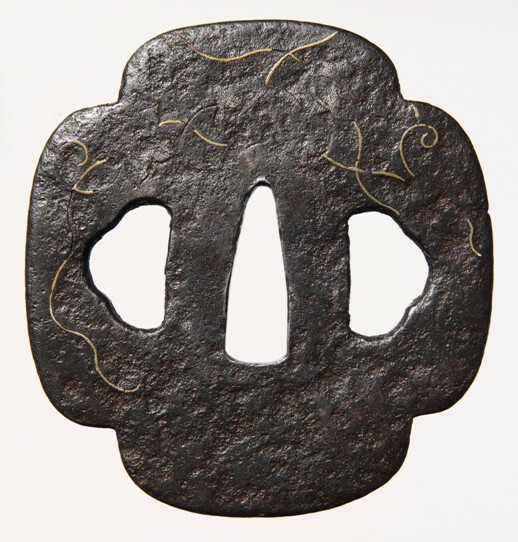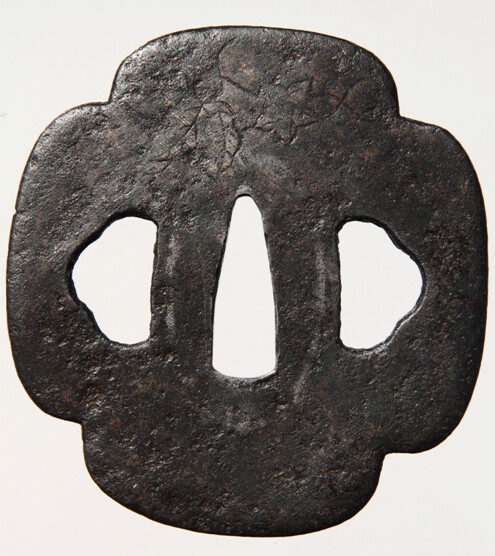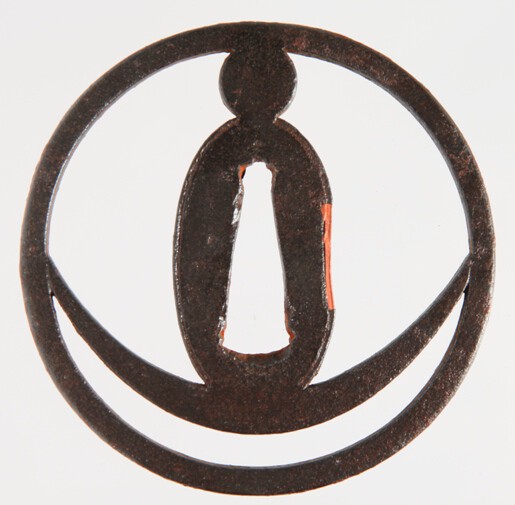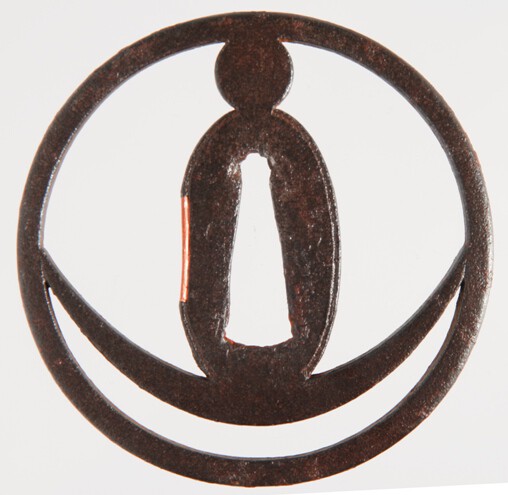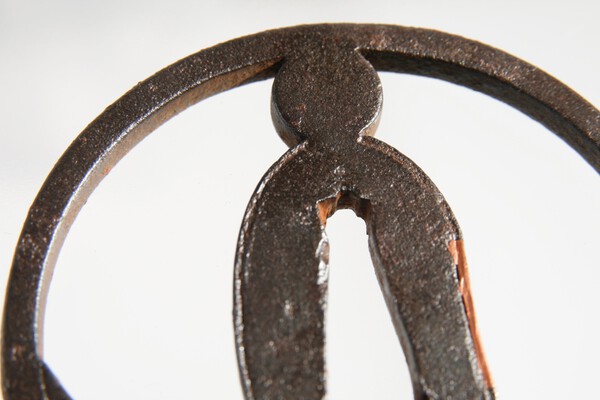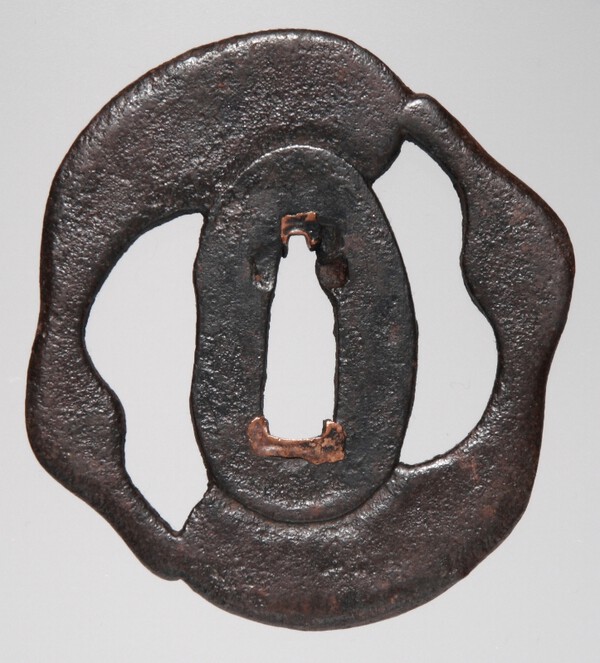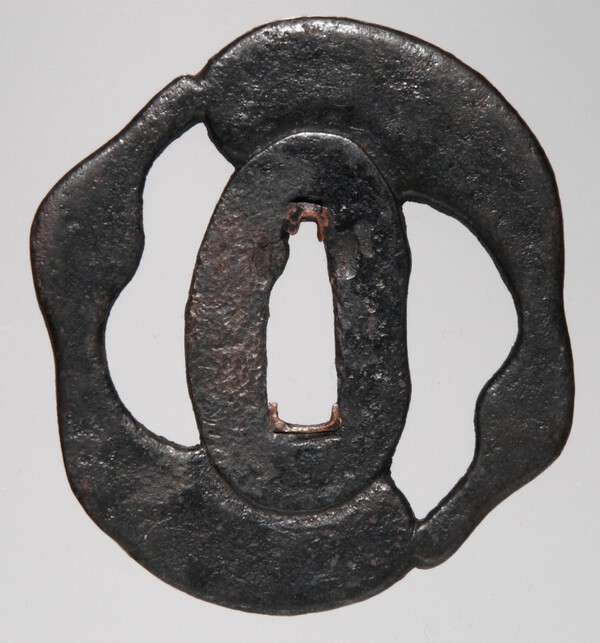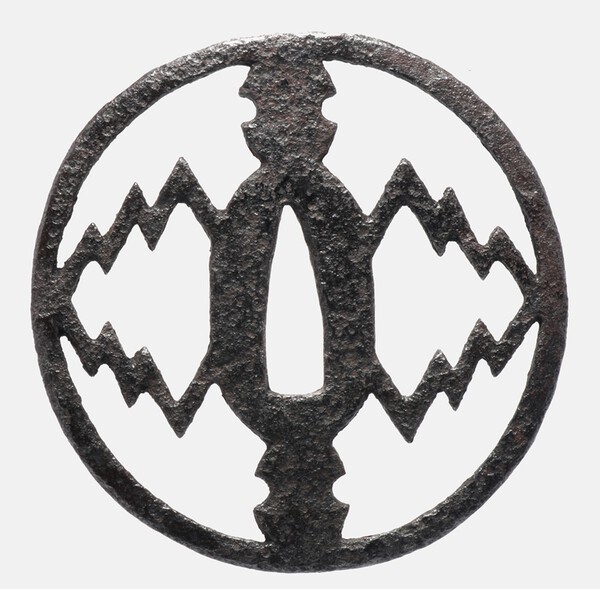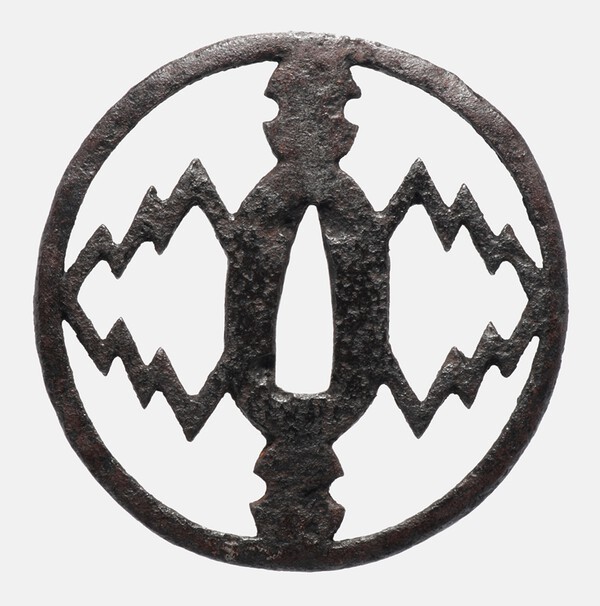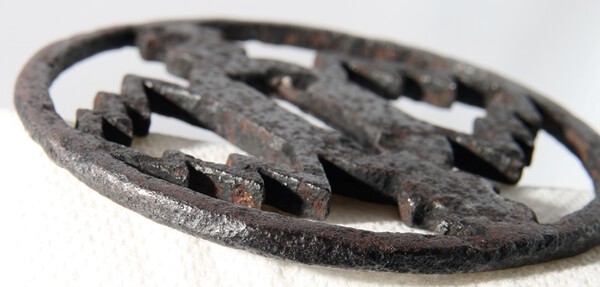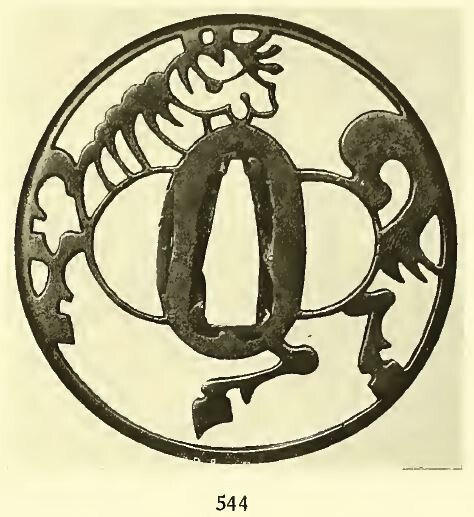-
Posts
79 -
Joined
-
Last visited
Content Type
Profiles
Forums
Events
Store
Downloads
Gallery
Everything posted by growlingbear
-
Ko-shoami now sold
-
Nearly a year later and these three are still available... Final price reduction to: Sukashi ko-shoami: $140 Gourds: $150 Mokko-gata: $80 As before, buyer pays the shipping and I will cover the PayPal costs. Thanks James
-
The tsuba is signed Kamiyoshi - not got any books to check the signature. James
-
Yamakichi? James
-
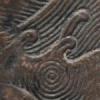
Beginner Reading Material?
growlingbear replied to seanyx11's topic in General Nihonto Related Discussion
You can also download a PDF of Art of the Samurai for free from the Met's website: http://www.metmuseum.org/art/metpublications/Art_of_the_Samurai_Japanese_Arms_and_Armor_1156_1868 There are many other Japanese related publications available on there as well if you search. James -
Thanks Curran for the extra information - so now it could be Higo, Shoami or Ono! It is quite similar to the first of the examples that you linked to and has now got even cheaper: Sukashi Ko-Shoami: $180 Gourds: $180 Mokko-gata: $100 Thanks James
-
Final one: Mokko gata tsuba with inlay. I would date this to the late Edo period. Made of iron, measurements 8cm x 7.5cm, 3mm thick. I bought this in a fairly poor state and have removed the surface rust. I bought it thinking it may be Higo, but having looked at it in hand I now think it is more likely Shoami. There are remnants of gold/brass inlay and there are the remains of silver nunome zogan showing that the original design was tendrils and leaves. Price is $120, high res pics on request. Many thanks, and let me know if there are any questions/requests for higher resolution pics for any of them. James
-
Third: Sold to me as an anchor sukashi tsuba, but I think it represents the sun and moon. Not sure of the attribution here, but I think late Edo period. Made of iron, measurements are 7.2cm x 7.2cm, 4.5mm thick at mimi, slightly thinner at the seppa dai. A nice tsuba, would look good mounted. Unusual theme and in good condition. Made of fairly "uniform" iron, but some tekkotsu in the rim. SOLD. Thanks, James
-
Second one: A sukashi tsuba in the shape of two gourds, probably Higo and mid-Edo period. Made of iron, measurements are 6.9cm x approx. 6.5cm, 5mm thick. This design of tsuba is seen variously attributed to Higo artists – there is an example in the Oeder collection (number 411) attributed to Kamiyoshi, and an example in the September 2010 NCJSC newsletter (identical to this one) attributed to Yashiro Jingo. The two gourds theme is also seen in some Shoami work but this is usually accompanied with inlay, hence my Higo attribution. Some layering can be seen at the mimi. More hi res pics on request, price $200 Thanks, James
-
Hi all I have four tsuba that I am selling. They are located in the UK and I am happy to ship worldwide. Payment by PayPal, I will cover the fees but the buyer pays the postage costs. Once sold, I will make a donation to the board. First one: Sukashi Ko-Shoami guard which I believe dates to the late Muromachi period. Measurements are 8.1cm x 7.9cm, and it is 4.5mm thick at the centre and 4mm thick at the rim. The design of the guard is a Matsukawabishi type mon with two fundo (weights) motifs at the top and bottom. Quite a few variants of this design exist, often attributed to Owari or (ko) Shoami. I (in discussion with others more qualified than myself) believe this guard is Shoami due to the thinness of the plate, the shape of the seppa dai and the variation of thickness across the tsuba. The mimi shows tekkotsu and the surface of the tsuba has at one point been lacquered, much of which still remains. More hi res pics on request, I'm asking or $220. Thanks, James
-
Check out the articles section - there's a PDF of the Mosle collection there. I'm on my phone so I can't copy and paste the pictures over. The picture in the catalogue looks like the f/k in your photos. James
-

Hhmmm ! A Little Expensive
growlingbear replied to Thierry BERNARD's topic in Auctions and Online Sales or Sellers
If you read the description, it's actually further information about one of the other tsuba he is selling. He couldn't edit the original listing so put this one on with a ridiculous price to show the extra photo. It actually says not to bid for it. I was a bit confused about why he thought this was so valuable as well! Original listing here: http://page24.auctions.yahoo.co.jp/jp/auction/q139740888 James -
I think 時圭 means clock gear, as in tokei tsuba but is written slightly strangely - it is usually written 時計 Does that make sense based on what is in the chapter? James
-
The title is "Sukashi Tsuba Shu" - see here: http://www.japaneseswordbooksandtsuba.com/store/books/b729-yamato-gokoro-no-hana-sukashi-tsuba-shu Heianjo Sukashi Tsuba Akasaka Tsuba Kodai (later generation) Hope that helps James
-

Yasuyo - Gimei And Date Translation
growlingbear replied to growlingbear's topic in Translation Assistance
Hi John There's no mon on this sword which was also making me suspicious. I've seen the blades on Markus' site and also compared it to others online (this one for example is Juyo with the same signature: http://www.nbthk-gf.or.jp/img/kkk44-3g1.jpg).There are some differences in the mei so I'm assuming that this is gimei. Thanks for your help, James -

Yasuyo - Gimei And Date Translation
growlingbear replied to growlingbear's topic in Translation Assistance
Thanks for the replies. Matt - I thought it might be something to do with the zodiac but couldn't work out how it fitted together. So it basically says Kan'en 2, year of the snake, 10th month 5th day. John, I'm pretty sure it says Yasuyo - see this close up where the bottom kanji is clearer. I can't find anyone else who signs like this in Markus' index either, so I'm pretty sure it is Yasuyo. Anyone with any idea around gimei or not, especially given the date discrepancy? Thanks, James -
Hopefully you can help me... I have been asked to help translate a family member's sword - it was bought many years ago and has been used to cut hedges in the last few years... The blade is rusty and no activity can be seen, but the edge has no major nicks, and the rust doesn't seem too deep. As my interest lies more in fittings I'm a bit out of my depth. The sword: Measurements are: Total length (tip to tang): 86cm Nagasa: 65cm Sori: 0.6cm Kasane: 0.7cm Mihaba: 3.2cm I have translated the mei as "主馬首藤原朝臣一平安代, Shume no kami fujiwara ason ichi no hira yasuyo". As this is a big name I am working on the assumption that it is probably gimei, but apart from online searching I don't have any good references. I'd appreciate comments on the validity or otherwise of the mei: Where I am struggling is with the date. I believe the era is Kanen (寛延), 2nd year, then I am stuck with the next kanji. The following ones I think say 10th month, 5th day, but the one in the middle I can't work out: Finally, assuming this is gimei, any idea why the date is Kanen 2 (1749), over 20 years after Yasuyo supposedly died? Seems a bit of an elementary mistake (assuming I've got the right date anyway). Thanks in advance for your help, and let me know if you need other pictures. James
-
Payment sent
-
I'm in for the ebook. James
-
The only things I can find are the Haynes entry: And this website with some fairly poor photos: http://www.kusanaginosya.com/SHOP/8.html Can't find much else in my books. James
-
Thanks very much for taking the time to reply, Markus. All much clearer! James
-
Hi John, Thanks for that. As it says in the Lundgren catalogue there is apparently no evidence for the horse armour theory. However, in Markus' book he mentions that the Bamen family were originally a branch of the Myochin and made armour and lived in Maruoka (Echizen). Unfortunately, neither Haynes nor Sesko quote any references for this so it's difficult to know which is right. James
-
Lundgren also says: "Bamen Tsunemasa was a student or relative of Kikuchi Tsunekatsu. An old document states that he was a horsemask maker but this has never been proven. Bamen lived in Echizen and the name was bestowed by Honda. Tsunemasa was an accomplished designer whose skilful sukashi work is closely connected with kaga-e (shadow pictures)" This may explain why so many of the designs feature horses! James
-
Hi Hamish I've had a look through my references and found a few more Bamen Tsunemasa tsuba. Apologies for the image quality on some of them... Tsuba Shusei (p383): Japanische Stichblatter und Schwertzieraten (Oeder) p65: Lungren collection p23 There's also a write up of the Bamen school in Markus' book on the Toso Kinko schools. Hope this is helpful James



